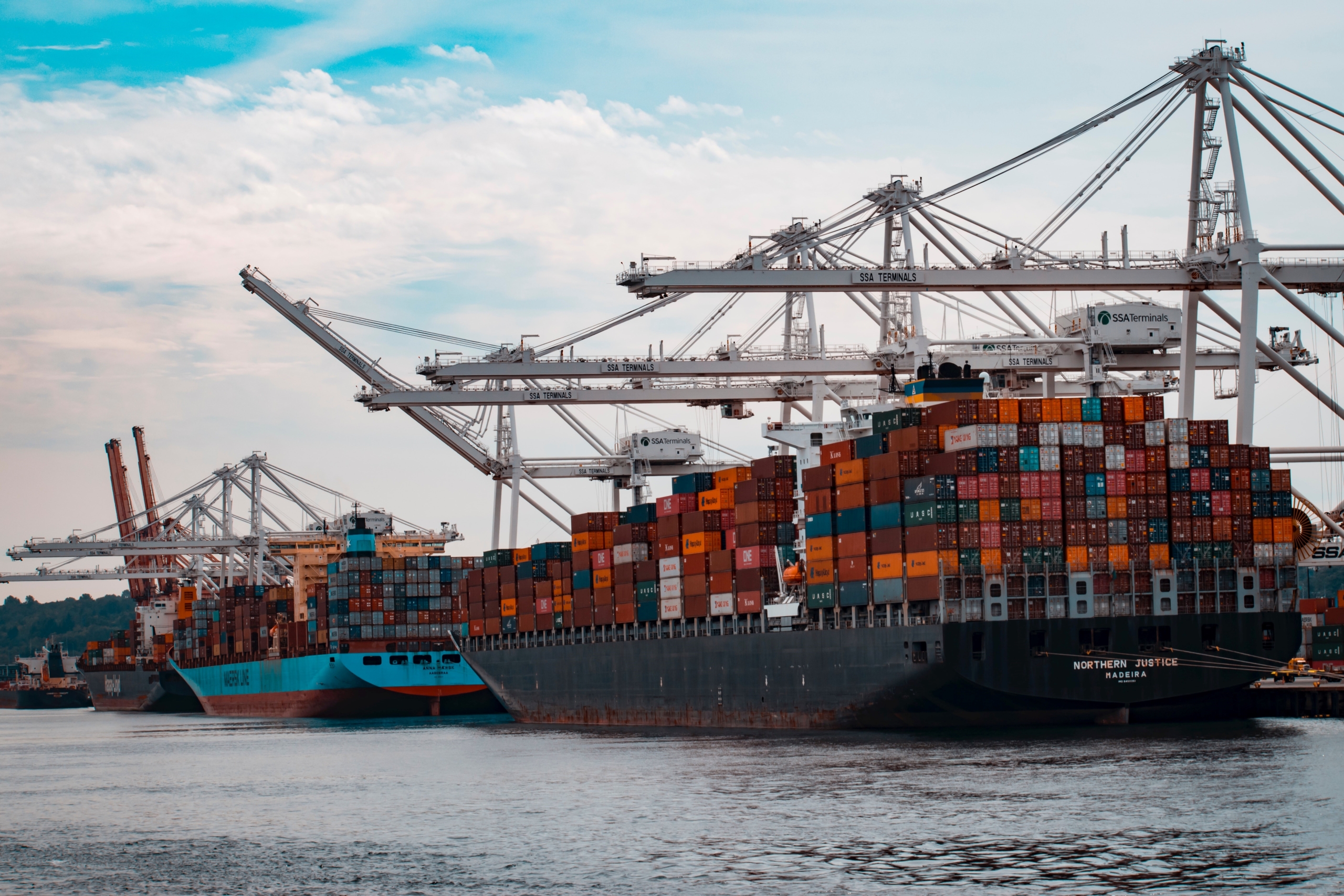FedEx Increases Peak Additional Handling Surcharge
Effective June 21, 2021, FedEx will be increasing their Peak Additional Handling Surcharges.
FedEx, in their announcement last week stated they have been keeping package volume moving throughout the COVID-19 pandemic, which they certainly have. FedEx also stated that “the impact of the virus continues to generate elevated volumes, high demand for capacity and increased operating costs across our network. To provide our customers with the best possible service during this challenging time, the following surcharge increases are being implemented:”
The surcharges that will be affected by these increases are as follows:
- Peak Oversize Surcharge
- Peak Additional Handling Surcharge
- Peak Residential Delivery Surcharge
- International Surcharges which were formally named “Temporary Surcharges” and are now named “Peak Surcharges.
Full details are available by clicking the link below which will take you to the official FedEx announcement. As we have stated over and over again, controlling these continually spiraling shipping costs MUST become an immediate priority for every company regardless of their size. If you need help determining how to control shipping costs, please contact us immediately as we continually help our clients improve their bottom lines during these very difficult times.
Need help making sense and clarity on FedEx Surcharges? Contact us today to learn more!







